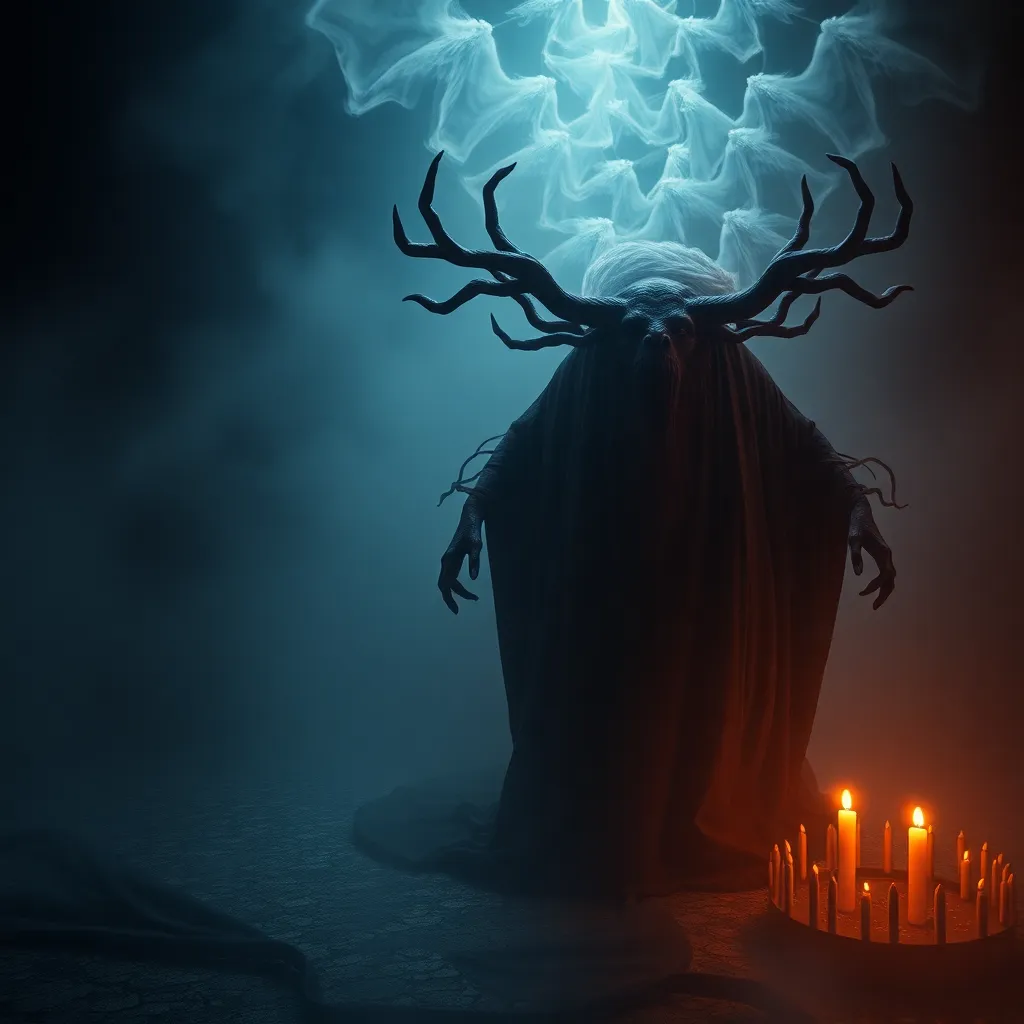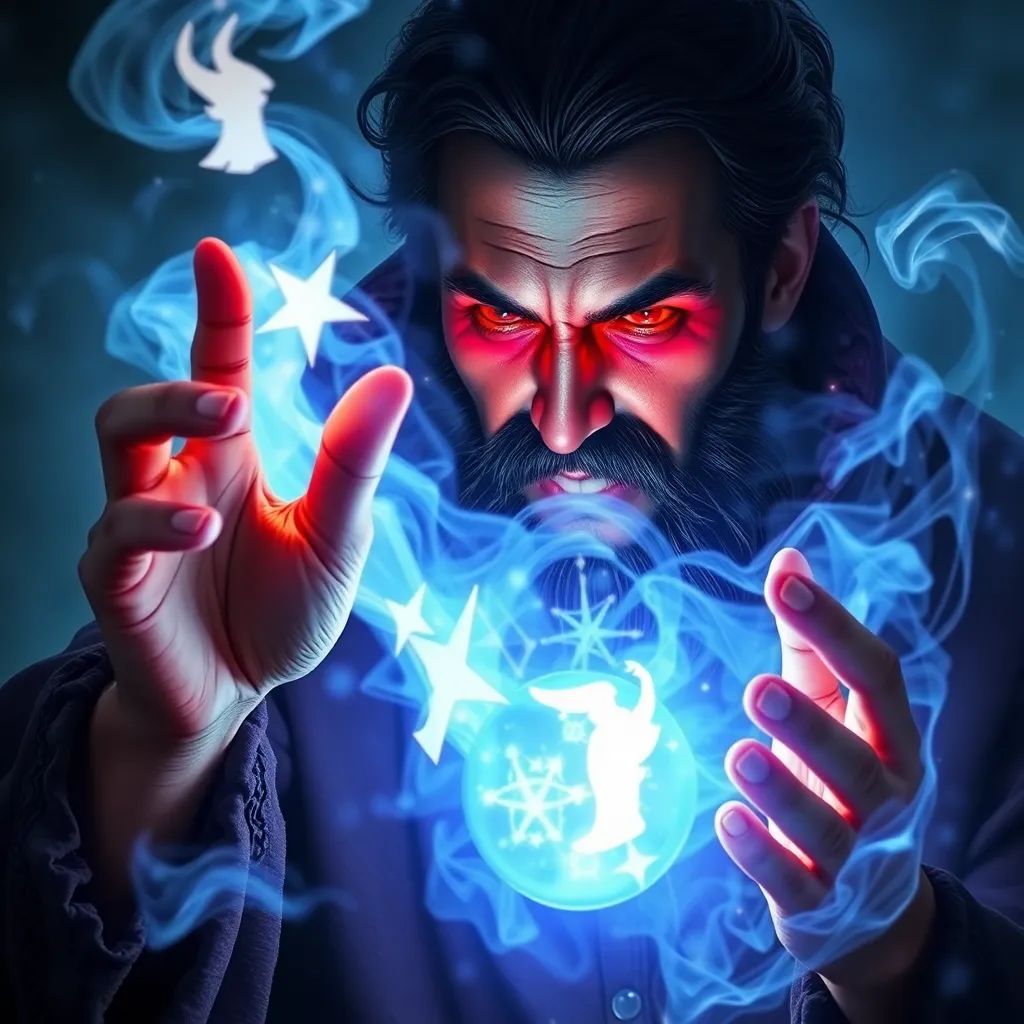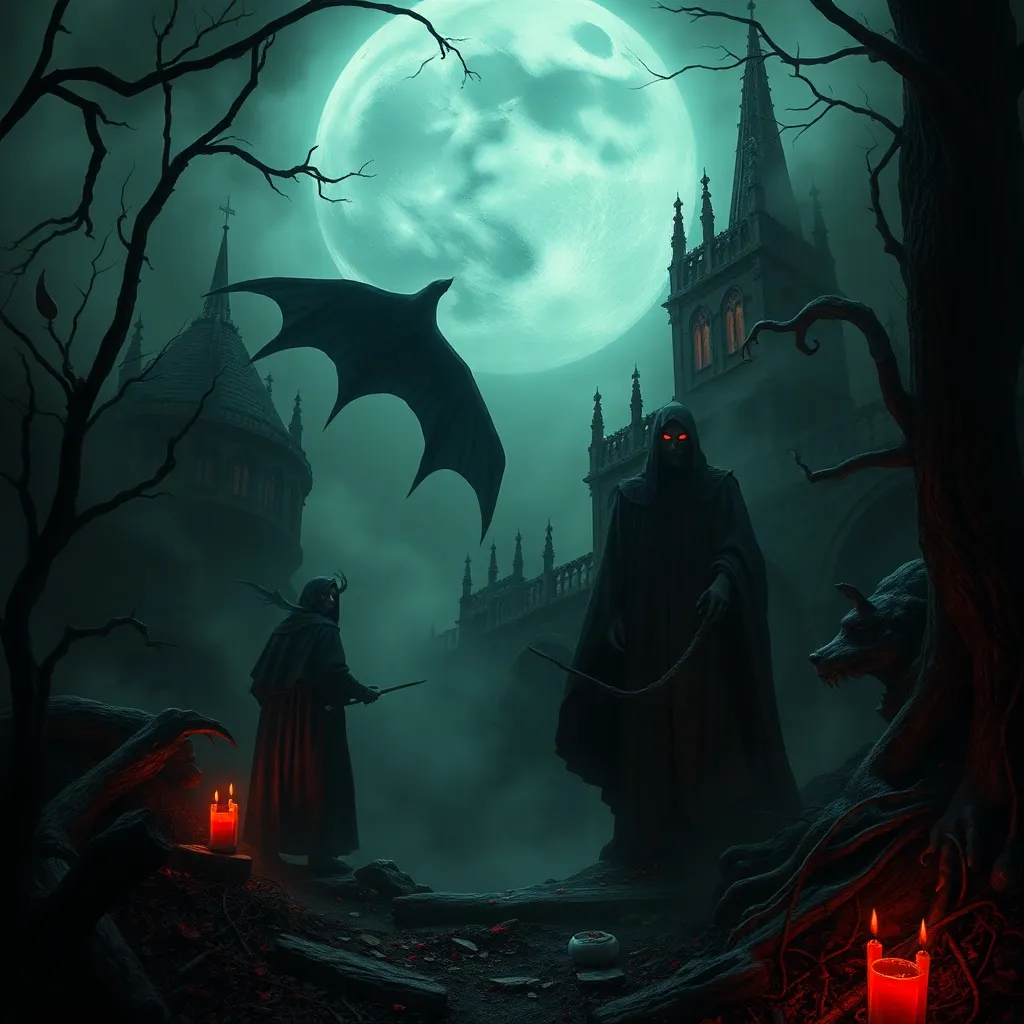The Dybbuk in Contemporary Art: A Reflection of Modern Fears and Anxiety
I. Introduction
The Dybbuk, a concept rooted in Jewish folklore, is often depicted as the restless spirit of a deceased person that possesses a living host. The term itself derives from the Hebrew word “dibbuk,” meaning “to cling” or “to attach.” This fascinating figure has evolved over centuries, becoming a significant motif in various cultural narratives.
In contemporary art, the Dybbuk serves as a powerful symbol reflecting modern fears and anxieties. Artists draw on this motif to explore themes of identity, possession, and psychological turmoil, allowing viewers to confront their own uncertainties. This article aims to delve into the Dybbuk’s historical context and its significance in contemporary works of art, reflecting the pervasive anxieties of modern society.
II. Historical Context of the Dybbuk
The origins of the Dybbuk can be traced back to Jewish folklore and Kabbalistic beliefs. In these traditions, the Dybbuk is often viewed as a soul that, due to unresolved issues, returns to inhabit a living person, creating a complex narrative of loss and longing.
Over time, the Dybbuk narrative has evolved through various forms of literature and theater, most notably in S. Ansky’s 1920 play “The Dybbuk,” which has significantly influenced cultural perceptions of this spectral figure. The play depicts a tragic love story intertwined with themes of possession, faith, and the supernatural.
Historical events, particularly those affecting Jewish communities, have also shaped the perception of the Dybbuk. The trauma of displacement, war, and persecution has imbued the Dybbuk with a deeper resonance, representing collective fears and the struggle for identity amidst chaos.
III. The Dybbuk as a Symbol of Anxiety
In contemporary interpretations, the Dybbuk embodies various forms of anxiety. Psychologically, it represents a fear of possession and the loss of self, where individuals grapple with internal conflicts and external pressures that threaten their identities.
Culturally, the Dybbuk mirrors societal anxieties and collective trauma, particularly in times of crisis. The narratives surrounding the Dybbuk often highlight themes of alienation, the fear of the unknown, and the struggle for personal agency, making it a relevant motif in today’s psychological landscape.
IV. Contemporary Artists Engaging with the Dybbuk
Numerous contemporary artists have engaged with the Dybbuk theme to explore its multifaceted meanings. Notable figures include:
- Yael Bartana – known for her provocative video art that questions identity and belonging.
- Abraham Cruzvillegas – whose installations often reflect the complexities of cultural displacement.
- Shirin Neshat – whose works address themes of gender, identity, and cultural conflict.
Case studies of specific artworks reveal how artists interpret the Dybbuk motif:
- In Bartana’s work, the Dybbuk symbolically represents the ghosts of the past that haunt modern identity.
- Cruzvillegas’ installations evoke the sense of fragmentation and dislocation associated with the immigrant experience, paralleling Dybbuk themes.
- Neshat’s photography and video installations explore the struggles of women in patriarchal societies, echoing the possession aspect of the Dybbuk.
These artists utilize diverse mediums, including painting, sculpture, performance, and digital art, to engage with the Dybbuk narrative, each bringing a unique perspective to the conversation around fear and identity.
V. The Dybbuk in Literature and Film
The Dybbuk motif has also permeated modern storytelling, with literature and film exploring its themes in impactful ways. Contemporary narratives often revisit the idea of possession, reflecting societal fears surrounding mental health, consumerism, and existential dread.
In cinema, films like “The Possession” (2012) and “Dybbuk Box” (2019) incorporate Dybbuk themes, illustrating the cultural impact of this figure. These representations often evoke a sense of dread, tapping into collective fears about losing control over one’s mind and body.
Through narrative, these works shape contemporary fears, serving as a lens through which audiences can examine their anxieties and societal issues.
VI. The Dybbuk and Identity in a Globalized World
In an increasingly globalized world, the Dybbuk serves as a poignant metaphor for cultural identity and displacement. The figure embodies the struggles faced by individuals navigating their identities amidst a rapidly changing landscape.
For many, the Dybbuk symbolizes the immigrant experience, representing feelings of alienation and the longing for belonging. As artists explore these themes, they create intersections between personal and collective narratives, fostering a deeper understanding of identity in a complex world.
VII. Audience Reception and Interpretation
Contemporary audiences respond to Dybbuk-inspired art with a mix of curiosity and introspection. The exploration of fear and anxiety in these works resonates with viewers, prompting discussions around mental health and societal issues.
The role of art in facilitating these conversations cannot be overstated. By engaging with the Dybbuk motif, artists provide a therapeutic outlet for audiences, allowing them to confront their fears and anxieties in a safe space.
VIII. Conclusion
The Dybbuk’s relevance in contemporary art highlights the ongoing evolution of this motif as a reflection of human fears and anxieties. As artists continue to engage with the Dybbuk, they not only honor its rich historical context but also adapt it to address modern concerns.
Ultimately, the relationship between art, fear, and the human experience is profound. The Dybbuk stands as a testament to the complexities of identity, possession, and the collective psyche, encouraging us to confront the shadows that linger within and around us.




